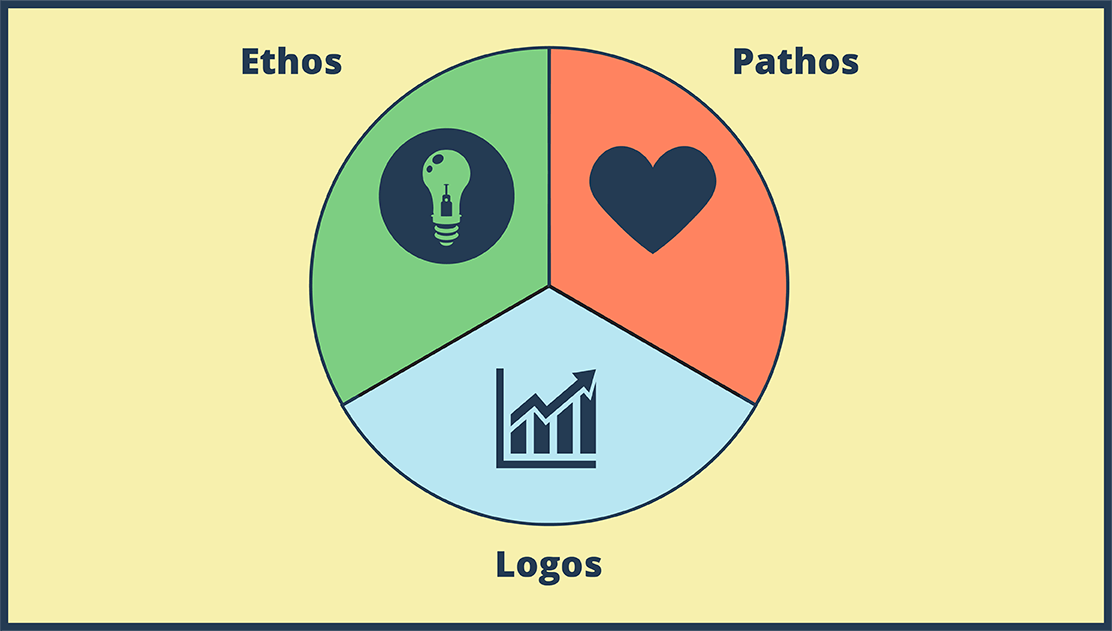How to Use a Protractor

Akkor ezt storyboard a következő cikkekben és források:

Készítsen Lebilincselő Oktatóvizuális Anyagokat: Hogyan Készítsen Folyamatábrázolást
Óratervek: Anna Warfield
Az utasítások és folyamatok sokkal könnyebben érthetők, ha vizuálisan is kísérik őket. Amikor forgatókönyvet készítünk egy folyamatról vagy szekvenciális diagramot készítünk, akkor a különálló lépésekre, az ok-okozatra, valamint a sorrendre összpontosíthatunk.

Storyboard That Használata az Ön Matematikai Osztályában
Vizuális Segédeszközök a Modern Osztályteremhez
Storyboard That segítségével egyszerűen beépítheti a vizuális tanulást a matematikaórába, és a tartalmat a tanulóira szabhatja. A könnyen testreszabható sablonok segítségével biztosíthatja, hogy a tanulóknak adott munkalapok megfeleljenek a tanulóknak ott, ahol vannak, és kihívást jelent a még folyamatban lévő fogalmaknak.
'
Nézze meg néhány más oktatási cikkünket!
Storyboard Leírás
How to Use a protractor graphic organizer - diagram a process
Storyboard Szöveg
- Csúszik: 1
- GAH! Math is so stupid! It doesn't make any sense!
- Csúszik: 2
- This protractor thing is impossible!
- Csúszik: 4
- Make sure the protractor is not backwards! It makes life so much easier if you can read the numbers.
- Csúszik: 5
- Before we measure, tell me if this is an acute, right, or obtuse angle.
- Csúszik: 6
-
- Acute?
- It IS acute, so that means it measures less than 90 degrees. We already know the answer is between 0 and 90 degrees!
- Csúszik: 7
- There are two parts of the protractor to help you get the angle in the right place: 1) an upside-down T at the bottom middle 2) the base line (0 degrees or 180 degrees)
- Csúszik: 8
- We want to place the protractor on top of the angle so the middle of the T is at the vertex.
- Csúszik: 9
- Rotate the protractor so the vertex of the angle is still at the T, but one leg of the angle is lined up with the 0 degree line.
- Csúszik: 10
- The line doesn't reach the numbers!
- That's OK. Don't you remember that definition about angles? Two RAYS with the same endpoint? Rays go on forever, so we can just extend the legs of the angle.
- Csúszik: 11
- The legs of the angle are extended, so we just need to read the numbers. Our options are 140 degrees or 40 degrees. Which is it?
- Csúszik: 12
- Acute angle! 40 degrees! Take that MATH!
- Csúszik: 0
- I will show you how to use it. Well, step 1...
- Maybe I can help.
Több mint 30 millió storyboard készült
Nincs Letöltés, Nincs Hitelkártya és Nincs Szükség Bejelentkezésre a Kipróbáláshoz!



